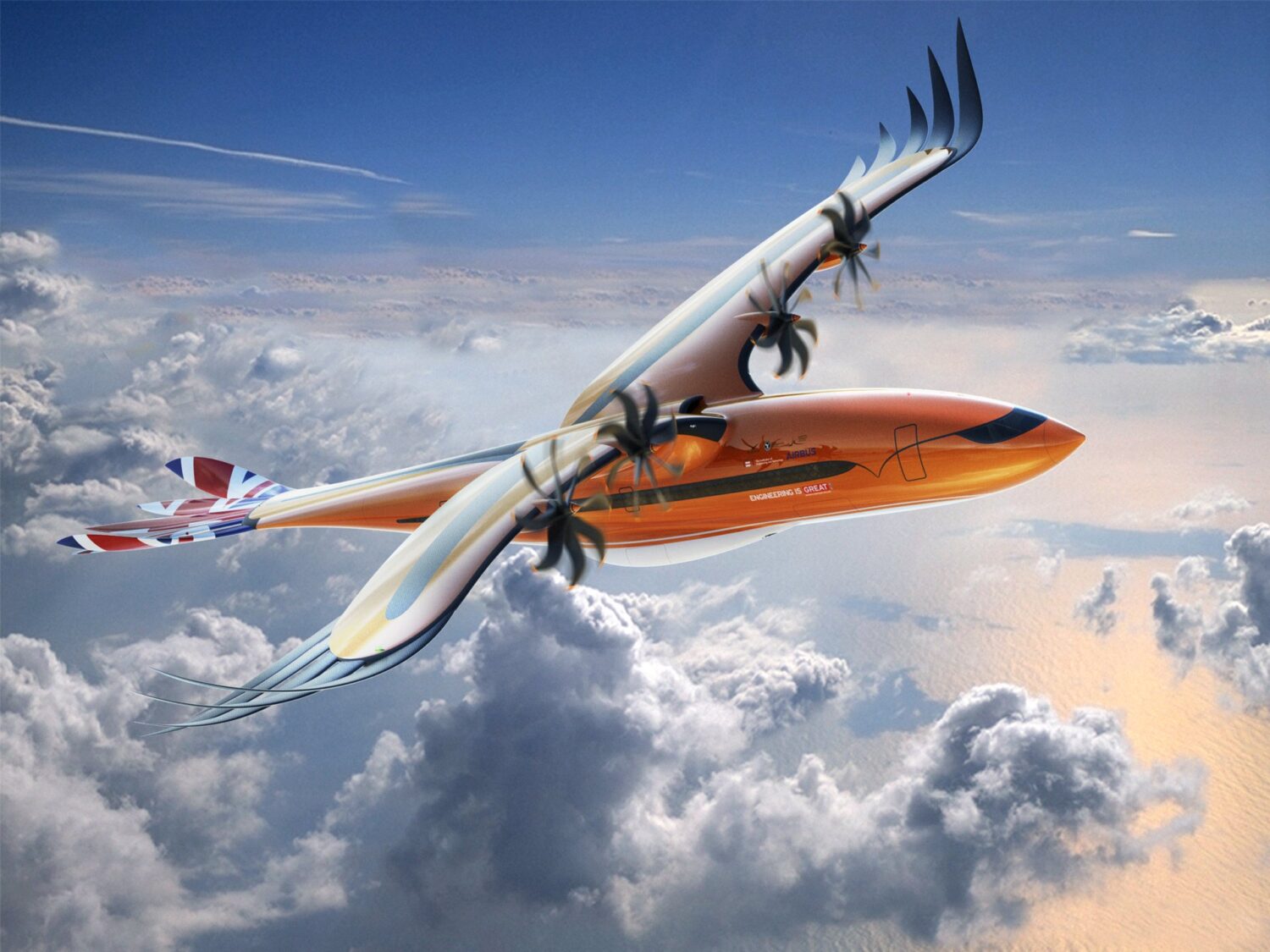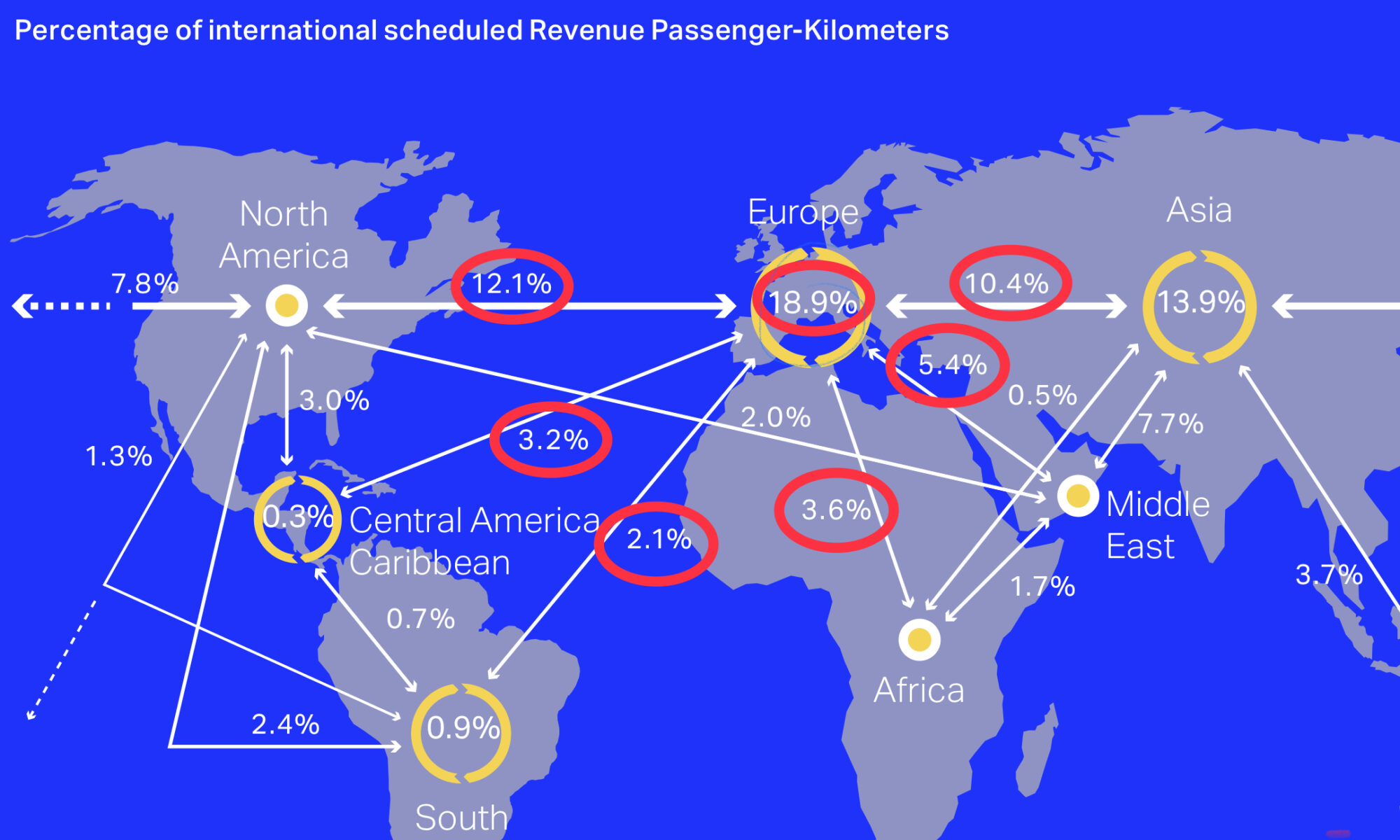EU ETS trading must be extended to all flights landing or taking off in any EU ETS member state, but …
EU ETS CO2 emission counting must “stop the clock” at a certain distance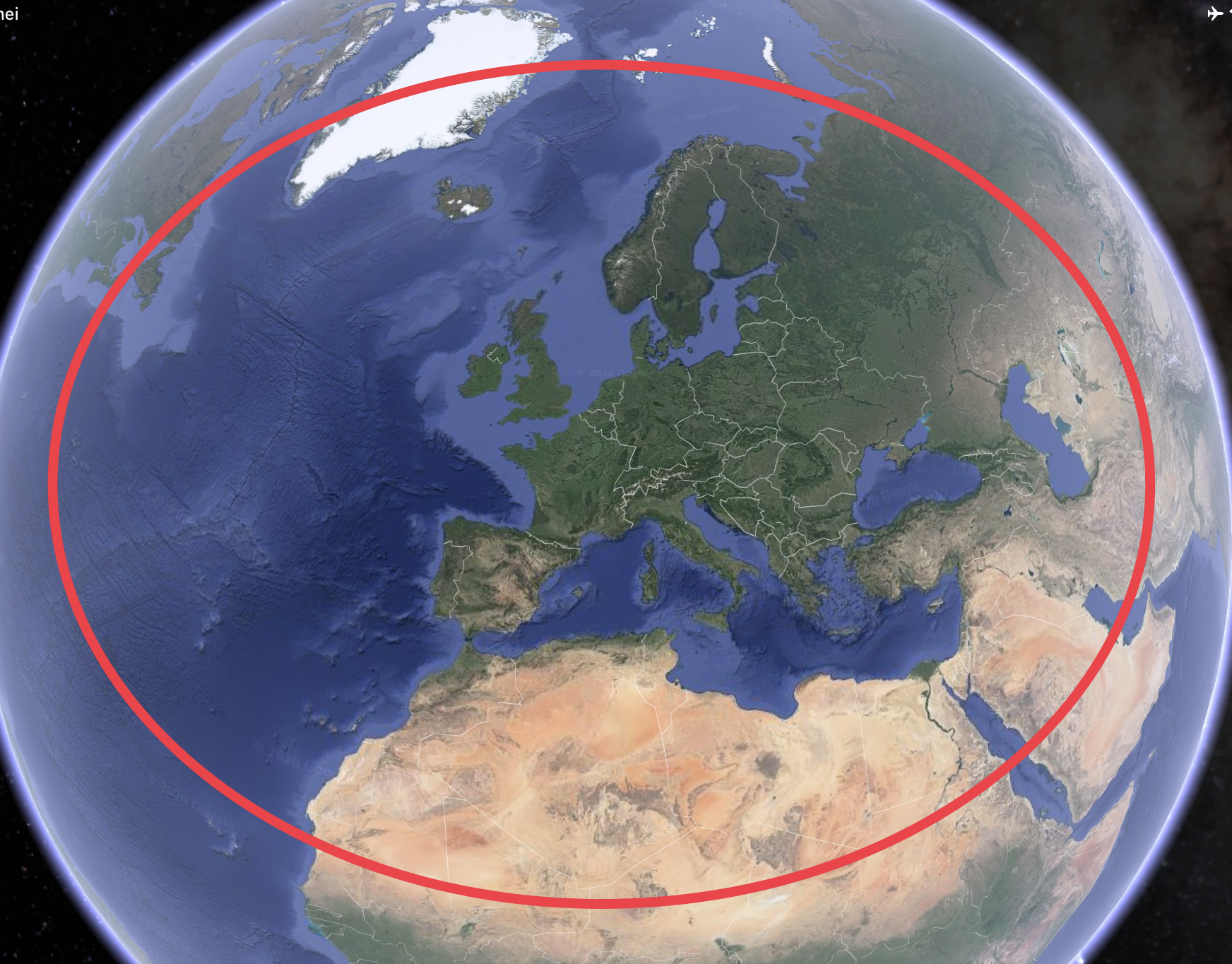 CO2 emission rules for flights outside EU ETS airspace must stop at a certain (great-circle) distance, e.g. beyond 5,000 km. This “stop the clock” policy avoids unfair competition from flights with intermediate stops outside the EU ETS. Otherwise, fuel efficient direct flights get unfair competition from less fuel efficient flights with intermediate stops. Continue reading “When to stop the clock”
CO2 emission rules for flights outside EU ETS airspace must stop at a certain (great-circle) distance, e.g. beyond 5,000 km. This “stop the clock” policy avoids unfair competition from flights with intermediate stops outside the EU ETS. Otherwise, fuel efficient direct flights get unfair competition from less fuel efficient flights with intermediate stops. Continue reading “When to stop the clock”
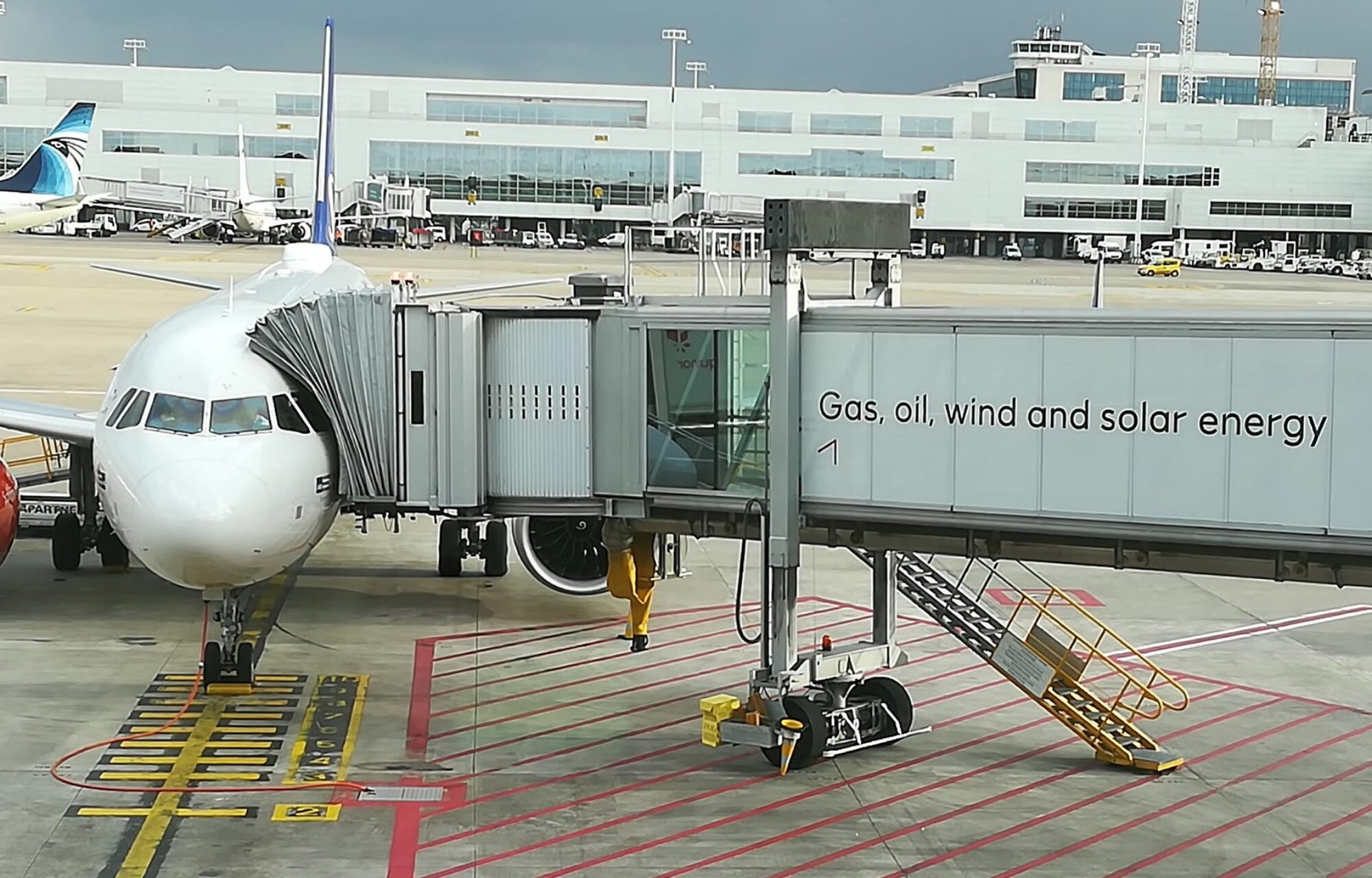
 Sturdy, short and swept for speed or delicate, long and straight for efficiency? During the past 70 years, the airliner’s wing geometry hasn’t changed much. Advanced materials allow nowadays light-weighted and delicate designs and all current airliners are optimised for high subsonic speeds, e.g. 900 km/h / M 0.8
Sturdy, short and swept for speed or delicate, long and straight for efficiency? During the past 70 years, the airliner’s wing geometry hasn’t changed much. Advanced materials allow nowadays light-weighted and delicate designs and all current airliners are optimised for high subsonic speeds, e.g. 900 km/h / M 0.8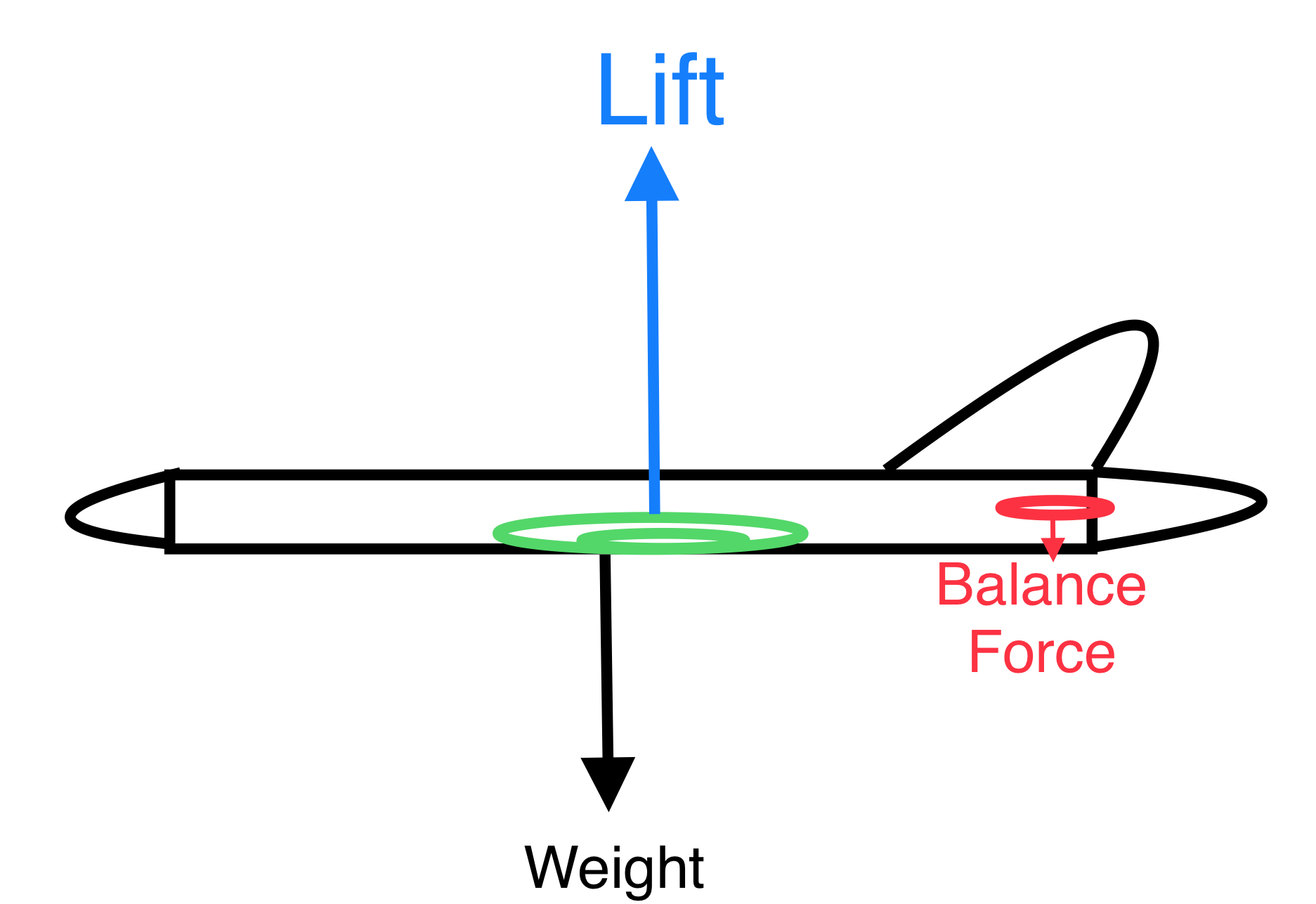 All current aircraft are Tube & Wing designs. A wing, which generates lift, a tube-like fuselage, which holds the load, and a balancing tail. Only small improvements were made to noses, cockpit windows, wing-root fairings and tail-cones. However, these can not improve much further.
All current aircraft are Tube & Wing designs. A wing, which generates lift, a tube-like fuselage, which holds the load, and a balancing tail. Only small improvements were made to noses, cockpit windows, wing-root fairings and tail-cones. However, these can not improve much further. 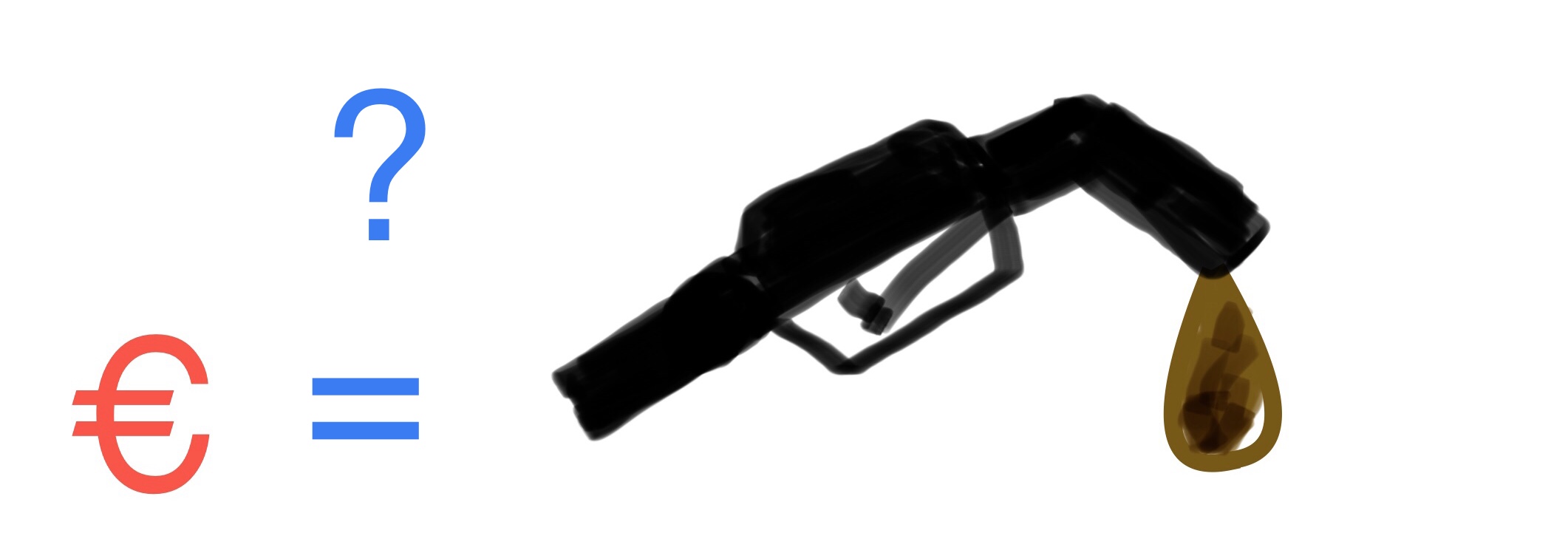
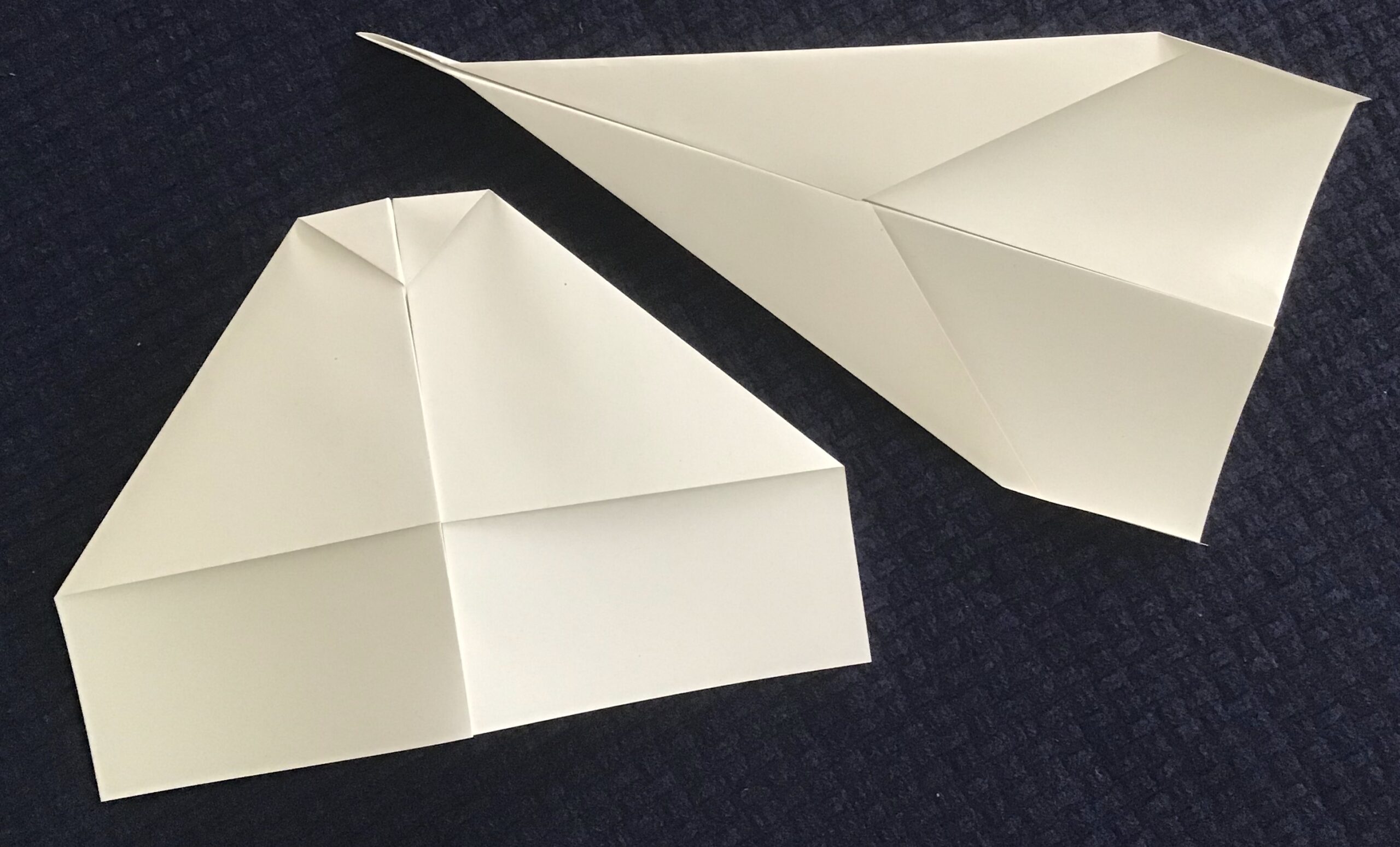 Aircrafts are designed around an airline’s business plan. Designers optimise an aircraft’s fuselage, it’s wings and engines to fly with a specific speed to gain an airline the highest profits.
Aircrafts are designed around an airline’s business plan. Designers optimise an aircraft’s fuselage, it’s wings and engines to fly with a specific speed to gain an airline the highest profits.  Flights must be manned with 2 pilots. However, longer intercontinental flights must be manned with 3 or 4 pilots, because legal work and rest times regulations require pilots to have inflight-rest periods.
Flights must be manned with 2 pilots. However, longer intercontinental flights must be manned with 3 or 4 pilots, because legal work and rest times regulations require pilots to have inflight-rest periods. Aircraft maintenance costs go by the hour. The faster the flights, the lower the maintenance costs. Airlines prefer to consume more fuel and fly at higher speeds instead of saving fuel when prices are low.
Aircraft maintenance costs go by the hour. The faster the flights, the lower the maintenance costs. Airlines prefer to consume more fuel and fly at higher speeds instead of saving fuel when prices are low.